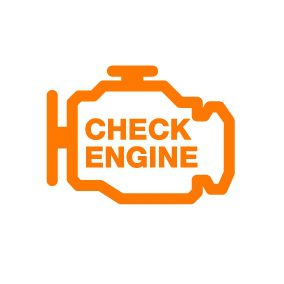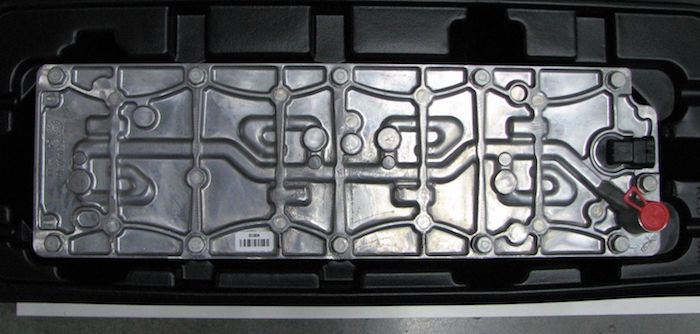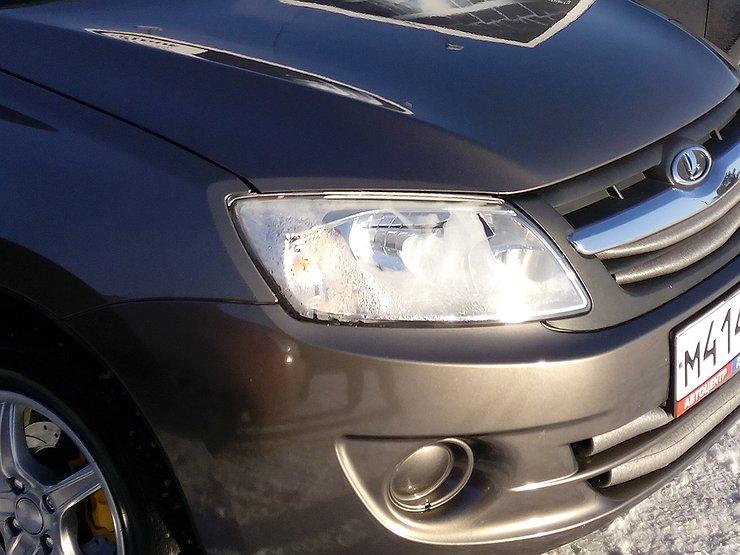
P3402 Cylinder 1 deactivation / operation of the intake valve control circuit
Content
- P3402 Cylinder 1 deactivation / operation of the intake valve control circuit
- OBD-II DTC Datasheet
- What does this mean?
- What is the severity of this DTC?
- What are some of the symptoms of the code?
- What are some of the common causes for the code?
- What are some steps to troubleshoot the P3402?
- What are the standard ways to fix this code?
- Related DTC discussions
- Need more help with the P3402 code?
P3402 Cylinder 1 deactivation / operation of the intake valve control circuit
OBD-II DTC Datasheet
Shut-off / Intake Cylinder 1 Control Circuit Performance
What does this mean?
This is a Generic Powertrain Diagnostic Trouble Code (DTC) applicable to many OBD-II vehicles (1996 and newer). This may include, but is not limited to, General Motors, Dodge, Jeep, Chevrolet, Chrysler, Ram, etc. Although generic, the exact repair steps may vary depending on the model year, make, model, and transmission configuration.
OBD-II DTC P3402 and corresponding codes P3401, P3403 and P3404 are associated with the cylinder # 1 intake valve shutdown / control circuit.
The purpose of the cylinder 1 deactivation / intake valve control circuit is to adapt the cylinder deactivation function (eg V4 mode of a V8 engine) to improve fuel economy during light load operation such as highway driving. The engine control module (ECM) controls the 4 or 8 cylinder engine modes, including the intake shut off solenoid valves for the four cylinders of the engine. This code refers to cylinder number 1, and the other three cylinders in this process are determined by the engine configuration and cylinder firing order. The cylinder deactivation solenoid number one is installed at or near the inlet in the vicinity of this cylinder, depending on the specific vehicle and configuration.
When the ECM detects a performance problem within the voltage or resistance on the cylinder 1 intake / deactivation / control circuit, a code P3402 will set and the check engine light, engine service light, or both may illuminate. In some cases, the ECM may disable the cylinder # 1 injector until the problem is corrected and the code cleared, resulting in noticeable engine misfire.
Cylinder shutdown solenoids: 
What is the severity of this DTC?
The severity of this code can vary greatly from moderate to severe depending on the specific symptoms of the problem. Ignition misfires require immediate attention as they can cause permanent damage to internal engine components.
What are some of the symptoms of the code?
Symptoms of a P3402 trouble code may include:
- Engine may malfunction
- Increased fuel consumption
- Poor engine performance
- Service engine light will be on soon
- Check engine light is on
What are some of the common causes for the code?
Reasons for this P3402 code may include:
- Defective cylinder shutdown solenoid
- Low engine oil level or pressure
- Limited oil passage
- Faulty or damaged wiring
- Corroded, damaged or loose connector
- Defective ECM
What are some steps to troubleshoot the P3402?
The first step in troubleshooting any problem is to review the vehicle-specific Technical Service Bulletins (TSBs) by year, model, and engine. In some cases, this can save you a lot of time in the long run by pointing you in the right direction.
The second step is to check the condition of the engine oil and make sure it is maintained to the proper level. Next, locate all components associated with the cylinder 1 inlet shut-off valve control circuit and look for obvious physical damage. Depending on the specific vehicle, this circuit may include several components, including a shutdown solenoid, switches, fault indicators, and an engine control unit. Perform a thorough visual inspection to check the associated wiring for obvious defects such as scratches, abrasions, exposed wires, or burn marks. Next, check the connectors and connections for security, corrosion and damage to the contacts. This process should include all electrical connectors and connections to all components, including the ECM. Consult the specific vehicle data sheet to check the cylinder 1 shutoff/intake valve control circuit configuration and confirm each component included in the circuit, which may include a fuse or fusible link.
Advanced steps
The additional steps become very vehicle specific and require appropriate advanced equipment to be performed accurately. These procedures require a digital multimeter and vehicle-specific technical reference documents.
Voltage test
The reference voltage and allowable ranges may vary depending on the specific vehicle and circuit configuration. Specific technical data will include troubleshooting tables and appropriate sequence of steps to help you make an accurate diagnosis.
If this process detects that a power source or ground is missing, a continuity test may be required to verify the integrity of wiring, connectors, and other components. Continuity tests should always be done with power disconnected from the circuit and normal readings for wiring and connections should be 0 ohms of resistance. Resistance or no continuity indicates a wiring fault that is open, shorted, or corroded and needs to be repaired or replaced.
What are the standard ways to fix this code?
- Replacing the deactivation solenoid
- Cleaning connectors from corrosion
- Repair or replace faulty wiring
- Oil and filter change
- Cleaning blocked oil passages
- Flashing or replacing ECM
General error
- Replacing the deactivation solenoid with insufficient oil pressure or faulty wiring will cause the ECM to set this code.
Hopefully the information in this article has helped you point in the right direction for solving the inlet valve / cylinder 1 deactivation control circuit DTC problem. This article is for informational purposes only, and the specific technical data and service bulletins for your vehicle should always take priority.
Related DTC discussions
- There are currently no related topics in our forums. Post a new topic on the forum now.
Need more help with the P3402 code?
If you still need help with DTC P3402, post a question in the comments below this article.
NOTE. This information is provided for informational purposes only. It is not intended to be used as a repair recommendation and we are not responsible for any action you take on any vehicle. All information on this site is protected by copyright.
